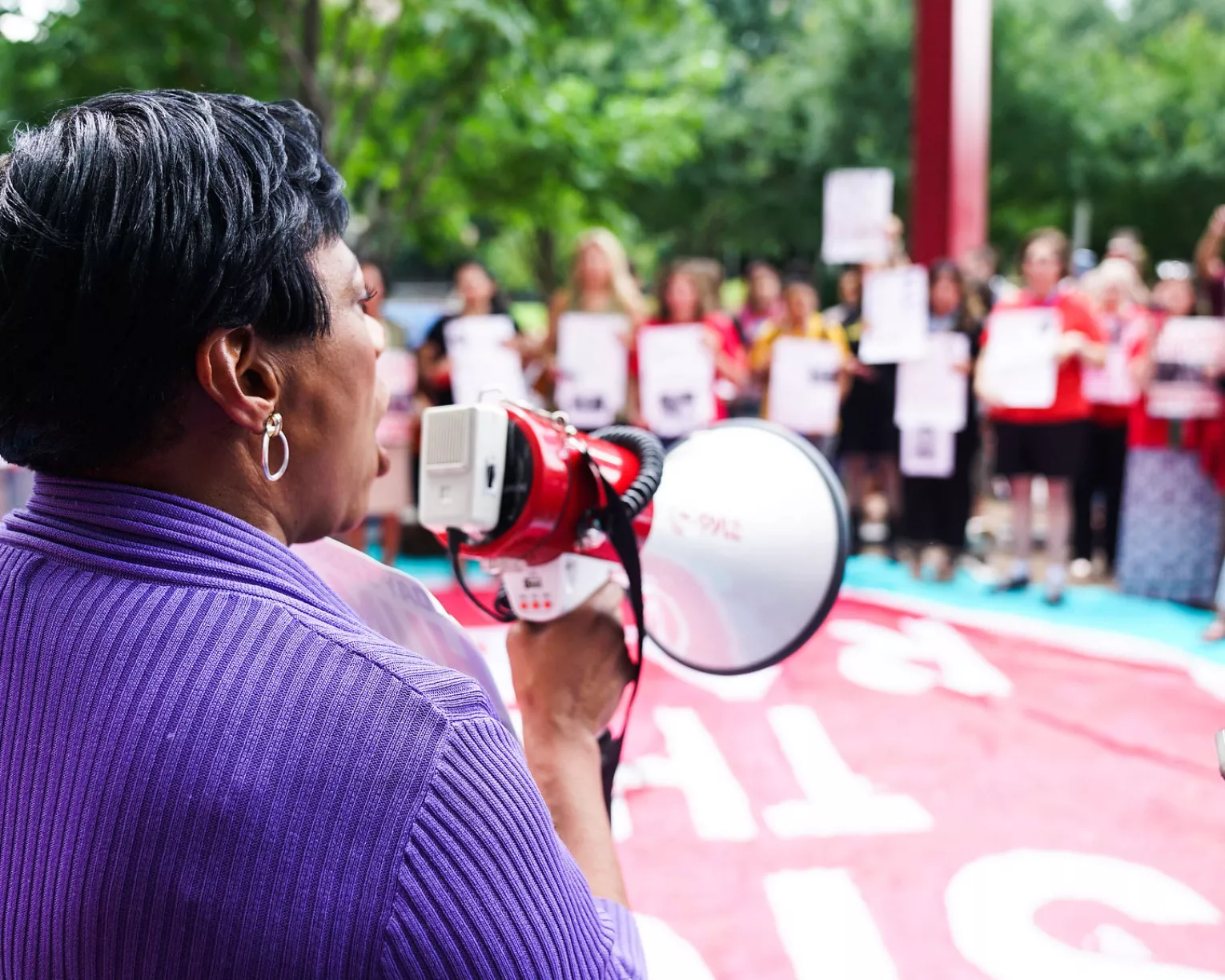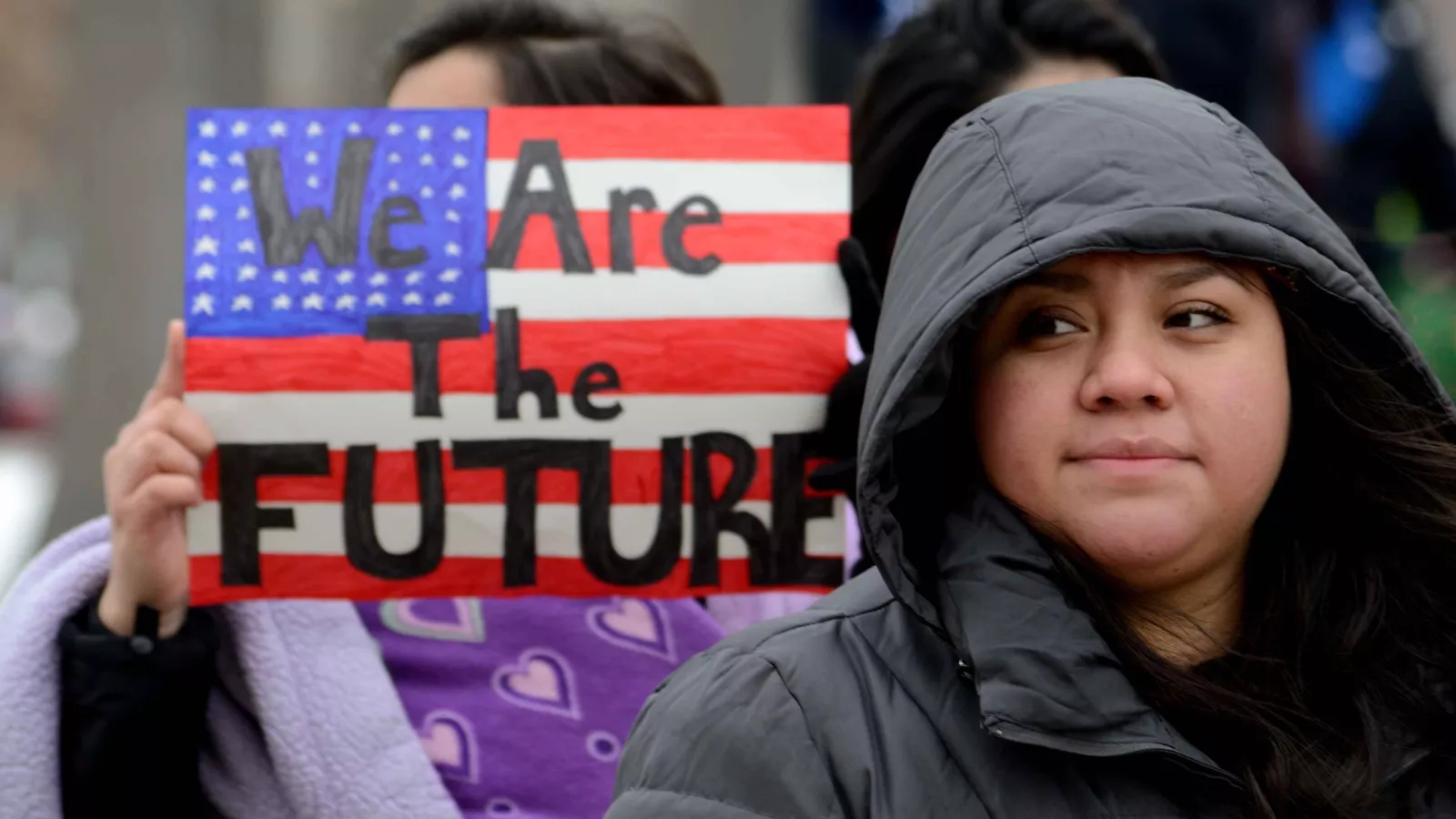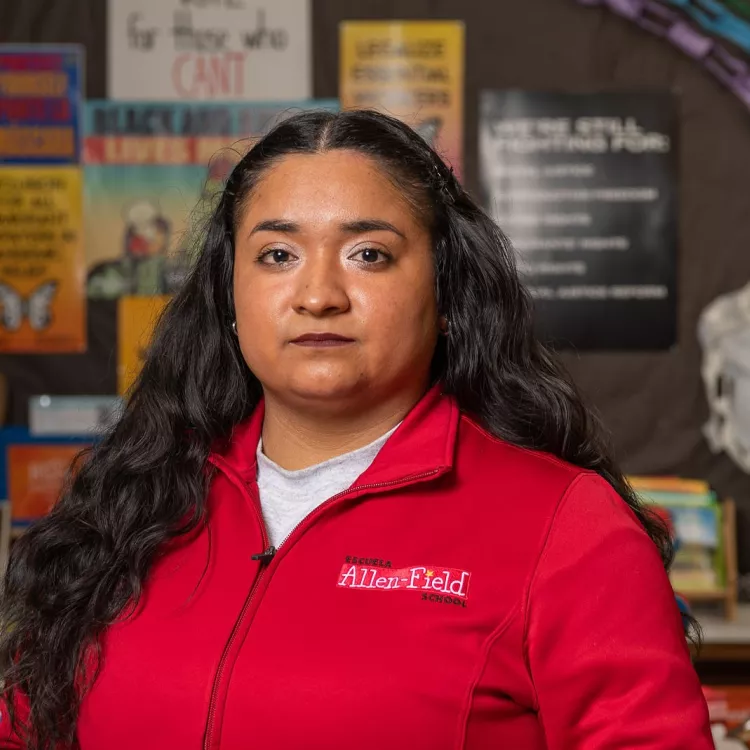How to use this toolkit
- Learn about current immigration issues and the status of DREAMers and DACA recipients.
- Find out how your school can become a safe zone for immigrant students and communities in the face of harsh immigration enforcement.
- Take action for fair and just immigration policies.
Where we stand
CONTEXT
More than 18 million children under age 18 have a parent born outside the United States, and nearly 40 percent of them live in households where neither parent is a U.S. citizen. Dreamers, DACA recipients—including more than 14,000 DACAmented educators working in our nation’s public schools—individuals with temporary protected status, and other immigrants play a vital role in our economy and everyday lives.
We support commonsense immigration reforms that include:
- Addressing the millions of students and young adults who were brought here as children by their parents
- Preserving family unity
- Creating a realistic, humane, and legal path to citizenship and strengthening labor protections for the aspiring citizens who call America home
- Ensuring that all individuals who arrive at our borders have a right to seek asylum
- Providing resources for mental health and migration-based trauma
- Fostering a welcoming environment for all children and educators, regardless of the language they speak or immigration status
Our immigrant communities face increased hate, danger, and vitriol from politicians who want to distract us from their failures in governing by pointing the finger at new and undocumented immigrants. Their overly harsh policies harm all of us and undermine our humanity by criminalizing families for wanting safety and a better future. Instead of honoring immigrants’ courage and commitment, they endeavor to divide and distract us by generating fear based on race or place of origin.
We are joining together with people across racial differences to demand fair and safe immigration processes for all families, just like we won civil rights in our past. We can make this a place that honors all families, no exceptions.
Narratives
Narratives
3 Key Narratives
Immigration issues may seem complicated, but some things are simple. We must uphold the Constitutional right of all children in the United States to receive a K-12 education, regardless of their immigration status. We will not separate families. We must provide a trusted path to citizenship for immigrant Dreamers. We should provide resources for mental health and English language learners (ELLs). And we should achieve this through creating an immigration system that is humane, functional, and just.
No matter what our immigration status is—or where we come from, what color our skin is, what language we speak, or how we worship—most of us work hard for our families and want to ensure their safety and well-being. But today, certain politicians want to distract us from their failures in governing by pointing the finger at new and undocumented immigrants and supporting overly harsh policies that harm all of us by criminalizing families for wanting safety and a better future. Instead of honoring immigrants’ courage and commitment, they endeavor to divide and distract us by generating fear based on race or place of origin.
Across our country, public schools are welcoming places that nurture learning and create environments that foster growth and creativity. They also serve as resource hubs, connecting families with their communities and resources.
Resources
Immigration at Schools
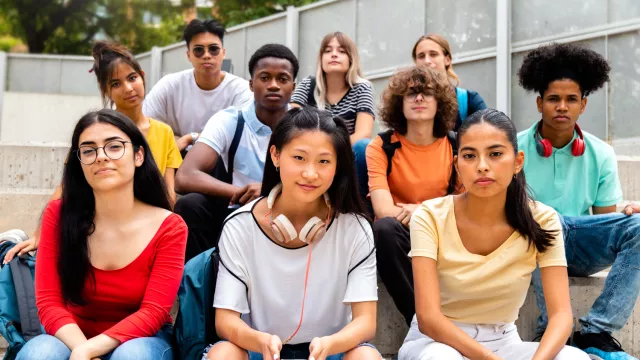
Guidance on Immigration Issues
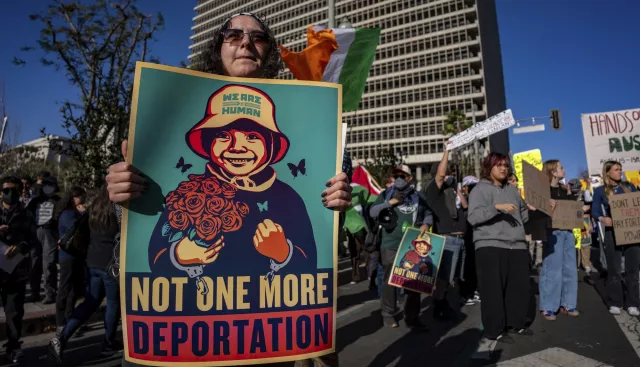
Lawyers Explain: Anti-Immigrant Policies and Education

Trump administration authorizes immigration enforcement on school campuses

The New Immigration Registration Requirement
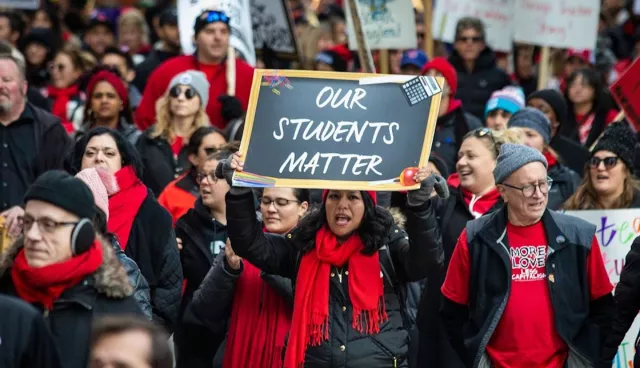
Mass raids FAQ
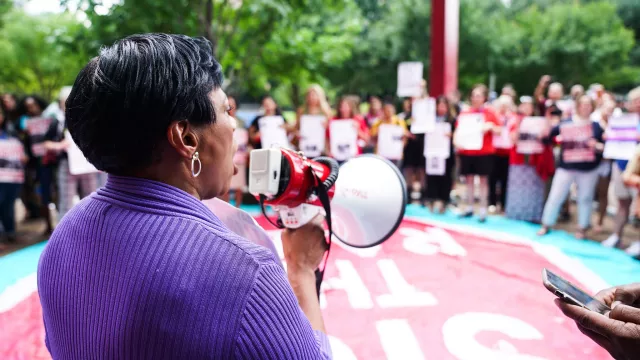
Know Your Rights | Conozca Sus Derechos

Red Cards / Tarjetas Rojas
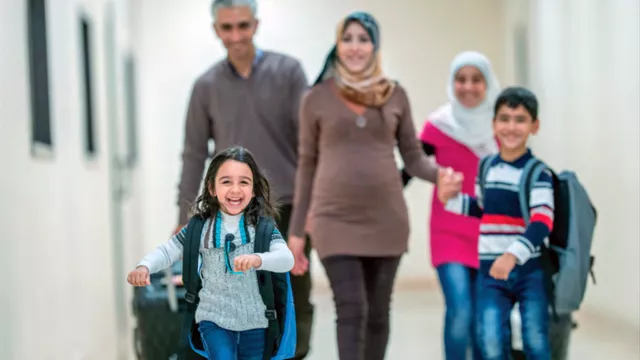
Family Preparedness Plan
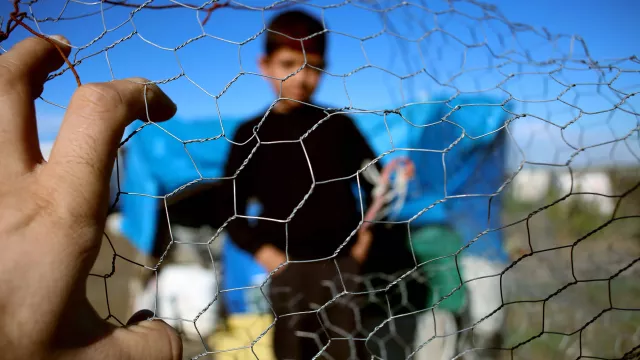
Supporting Immigrant Students and Families Training Template
Creating Safe Zones

Making Your School a Safe Zone
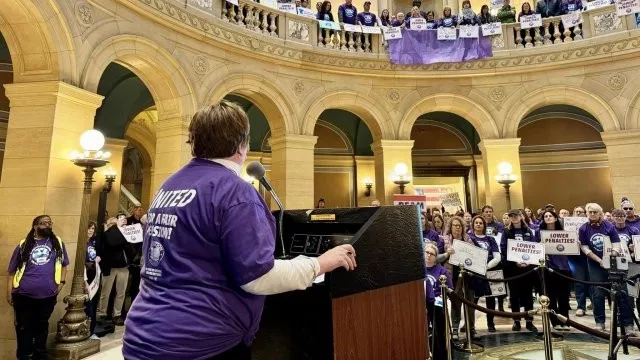
Model Safe Zone Resolution
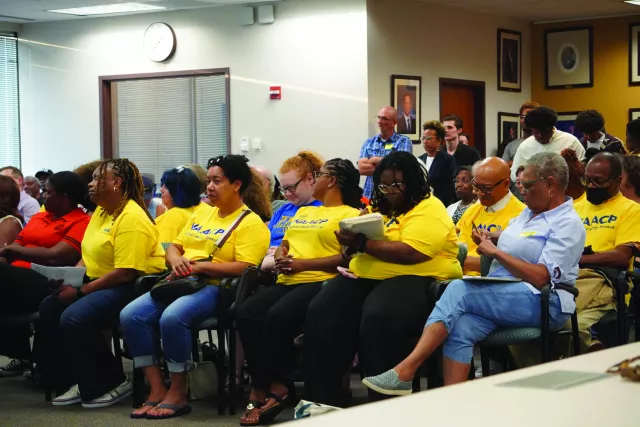
Sample Contract Language to Support Immigrant Students
Safe Zones
Make your Campus a Safe Zone
A pragmatic approach to immigration is critical for our students — the center of our communities. All students should have the opportunity to learn without the fear and distress that results from harsh immigration enforcement. Educators are witnessing the impact of this trauma on our students, their families and our communities firsthand. Many school districts are making their campuses “safe zones” for immigrant students and communities. You can be part of this movement.

Immigration Policy Tracking Project
Links to external websites are provided for informational purposes only. NEA assumes no responsibility for the content or policies of external websites.
Are you an affiliate?
